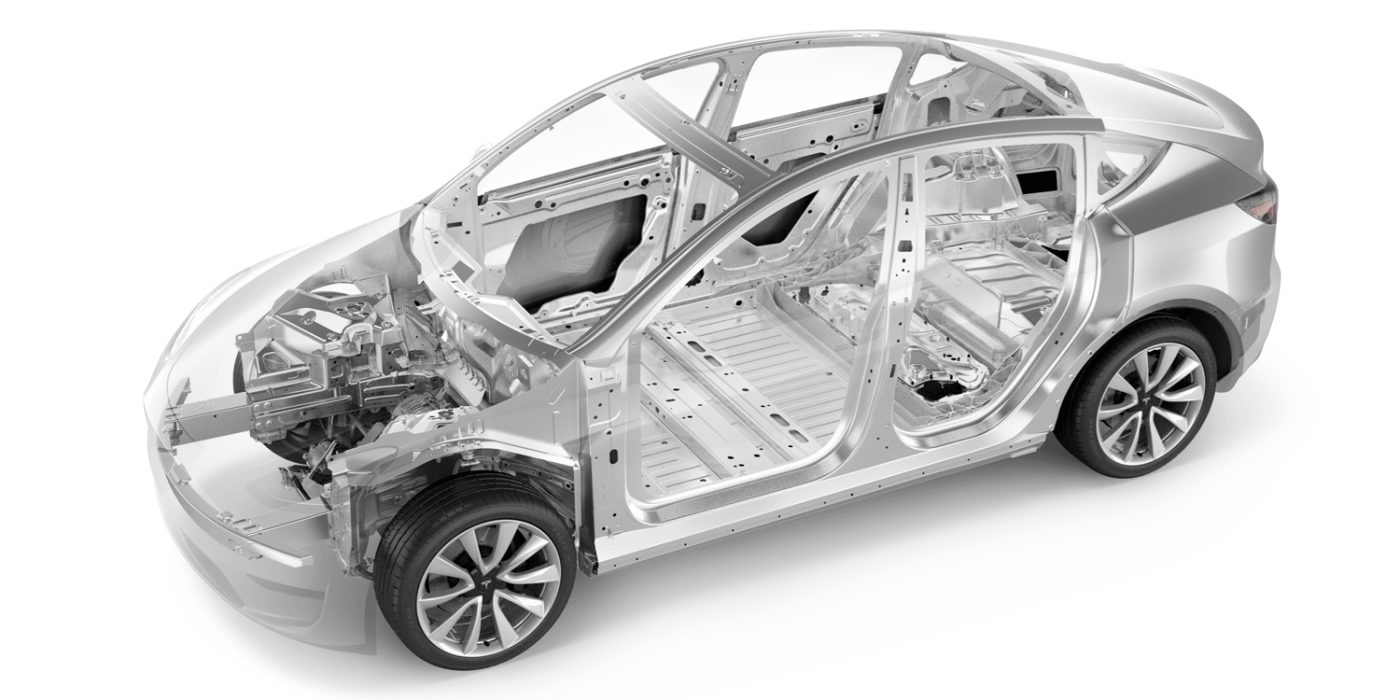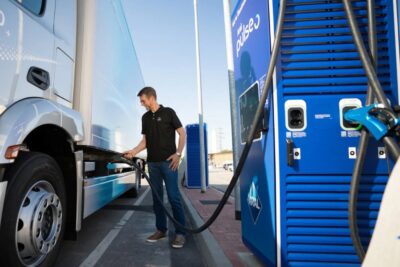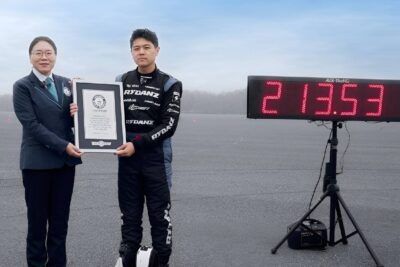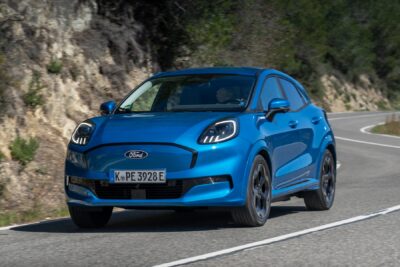ElringKlinger receives major order from Fremont
ElringKlinger has received a major order from a US American manufacturer for the series supply of lightweight cockpit cross beams. Although the customer was not named, the delivery destination leaves little doubt that Tesla is shopping for parts for its Model Y.
The order will initially run for five years and has a total volume in the mid to high double-digit million euro range. ElringKlinger already supplies the cockpit cross beams for Tesla Model 3, making the extension logical. In their press release, ElringKlinger speaks only of supplying “a leading US electric vehicle manufacturer”.
“This follow-up contract underscores how advantageous our lightweighting components also are for full-electric vehicles,” says Dr. Stefan Wolf, CEO of ElringKlinger. “It represents a further step in the successful implementation of the Group’s strategy of generating more than 25% of sales in the next decade in the future business areas of structural lightweighting and e-mobility.”
The crossbeams are described as being “innovative” as they combine two processing practises: hydroforming and injection moulding. These then combine for a lightweight material that features “high dimensional accuracy of complex geometries with minimum tolerances and considerable structural strength in the event of a crash.”
Since 2015, the company has been manufacturing lightweight components such as the cockpit cross beams in Leamington (Canada) and Suzhou (China) and in Fremont (USA) since 2017. In Germany, the supplier is meanwhile preparing to manufacture its first complete battery system, which the Munich start-up Sono Motors wants to install in its debut battery-electric vehicle called the Sion. At the IAA in September, ElringKlinger also presented itself as a driving force in the field of electromobility and, in addition to a low-temperature fuel cell stack developed in-house, also presented battery technology innovations. In a statement, head of the board Dr Stefan Wolf added that the company would press forward with electrification in the commercial vehicle segment using fuel cell technologies.





0 Comments